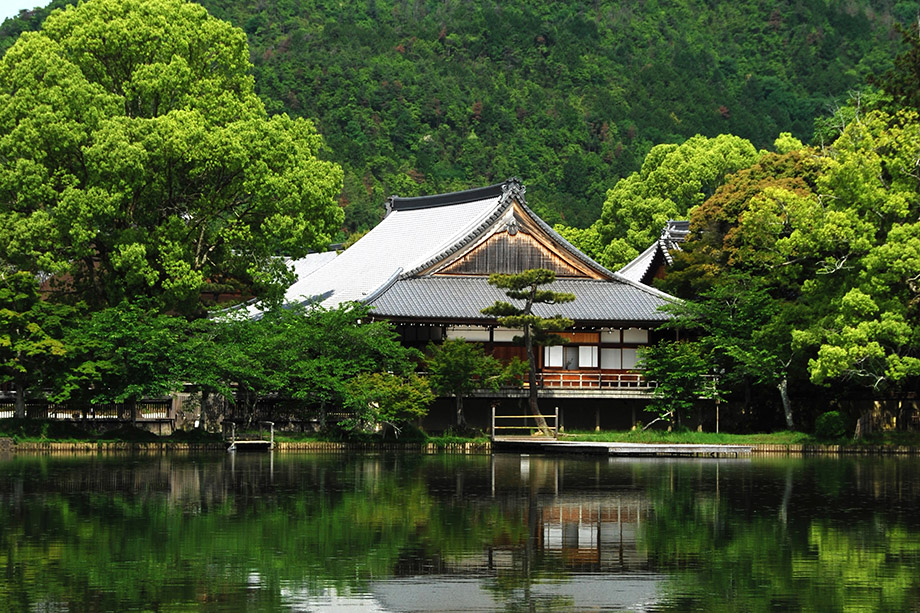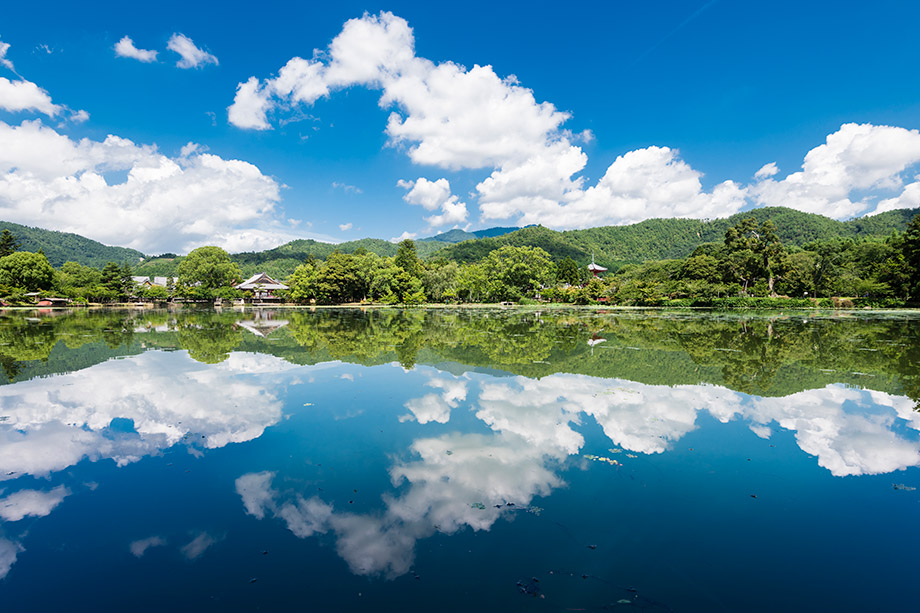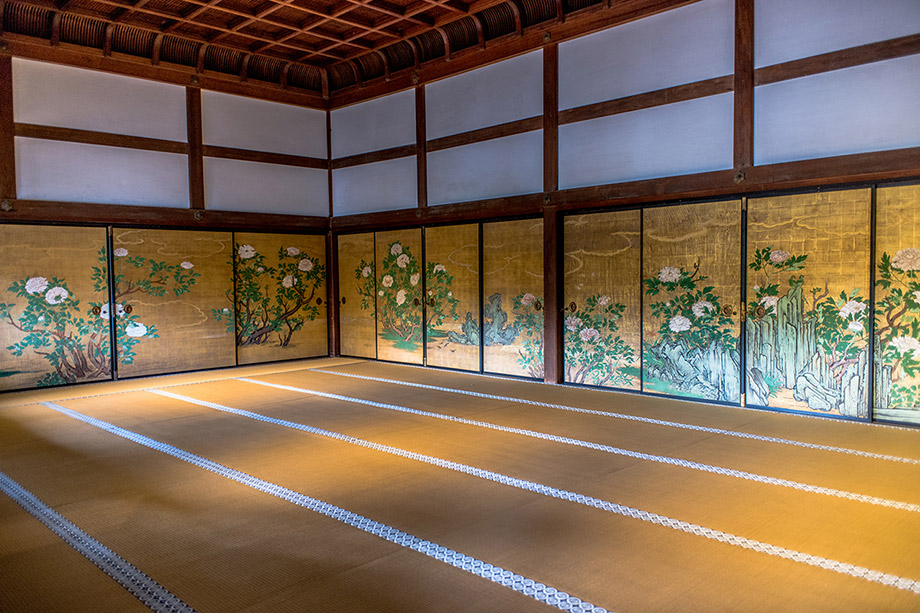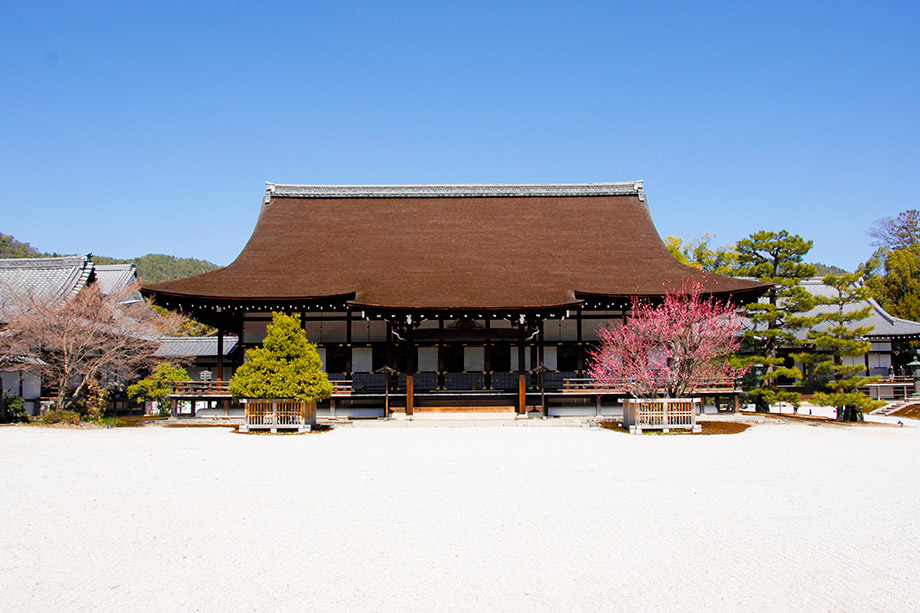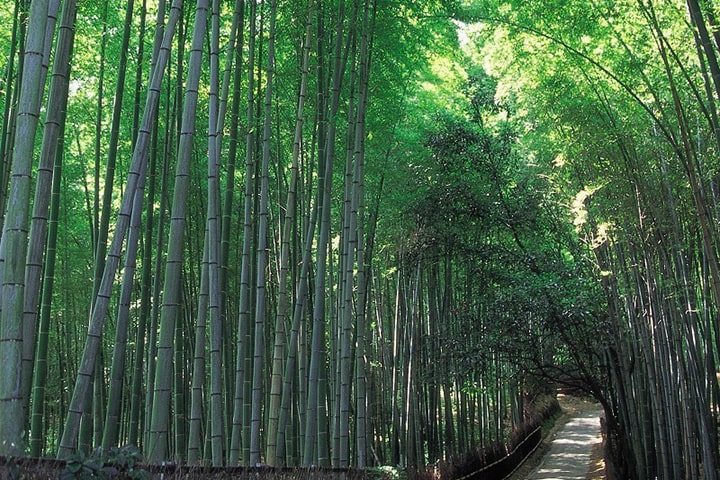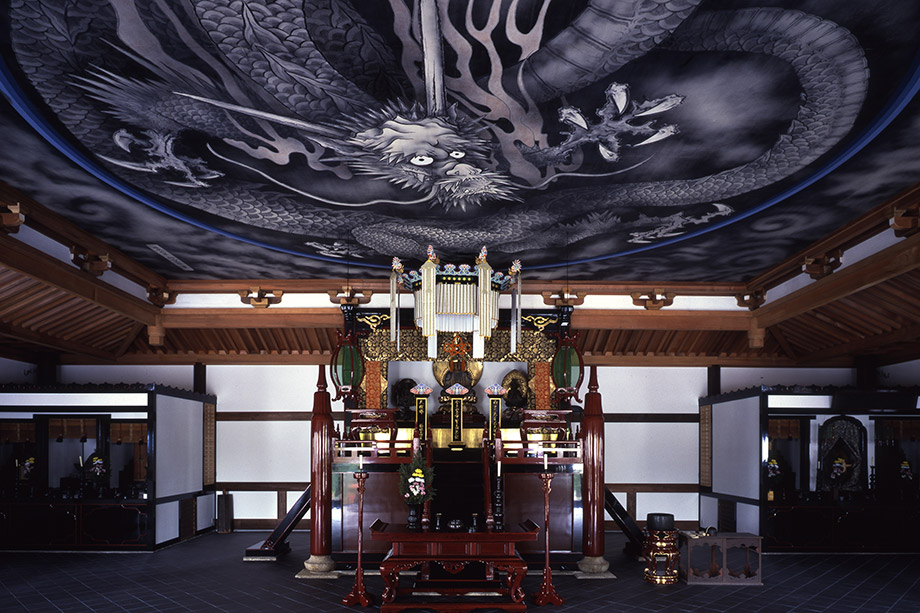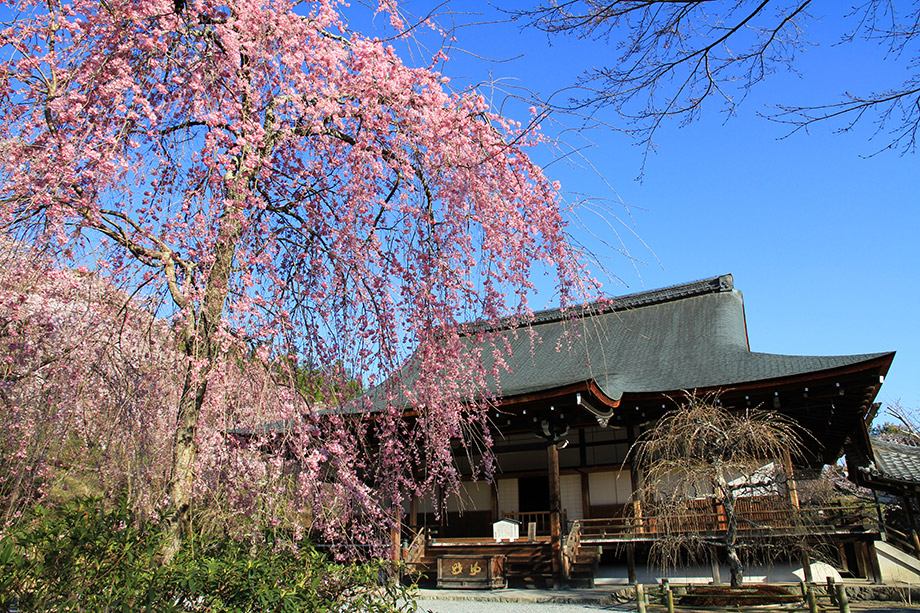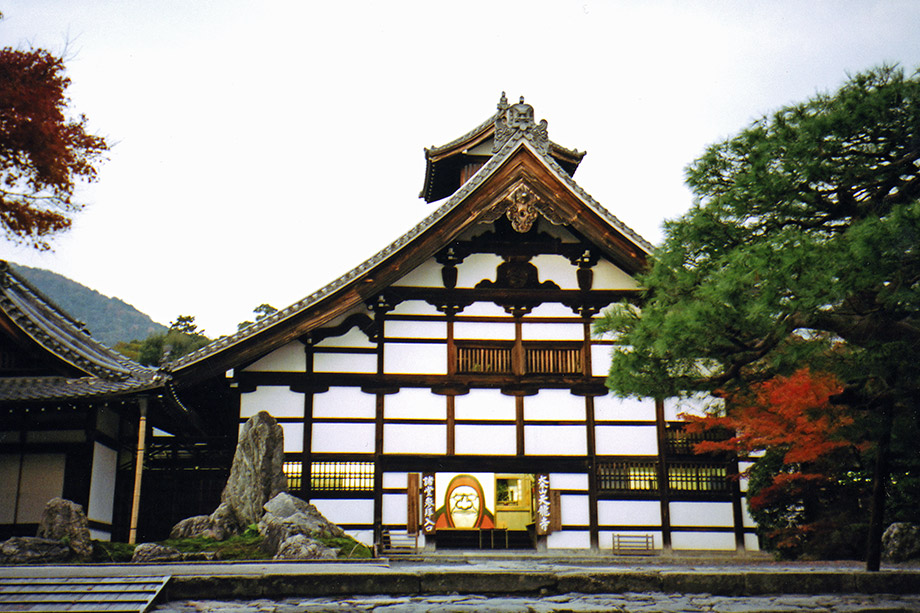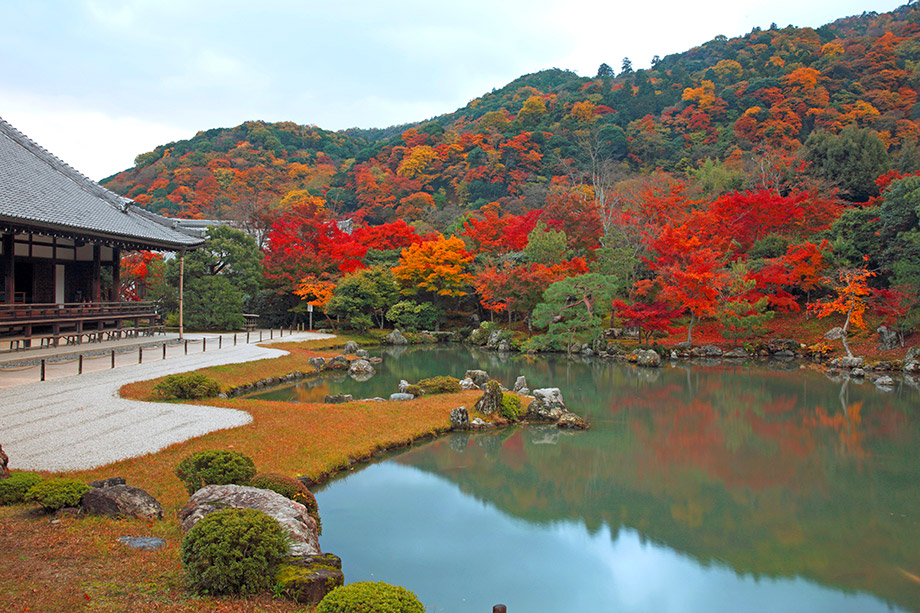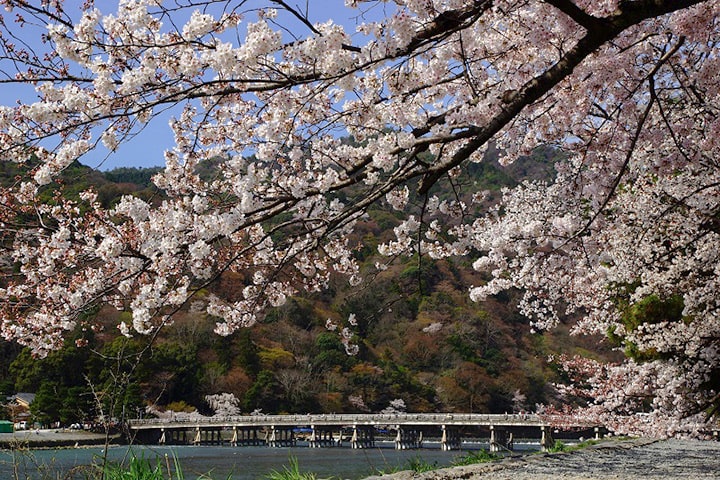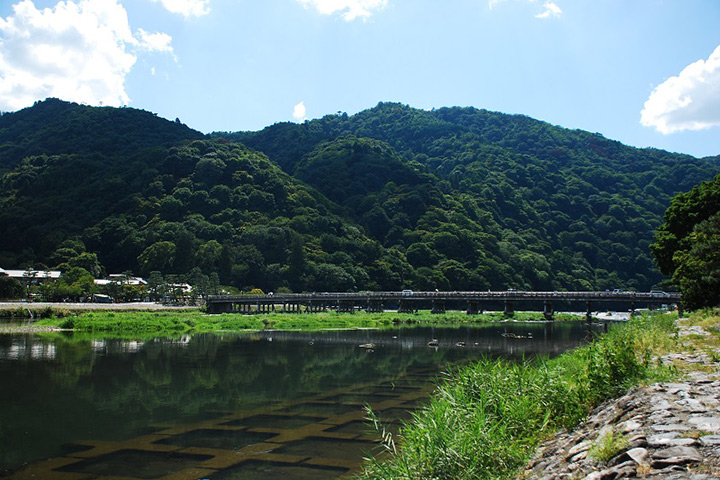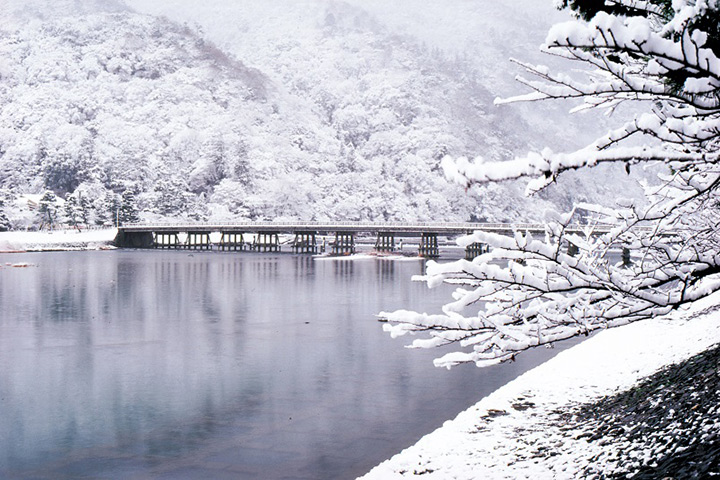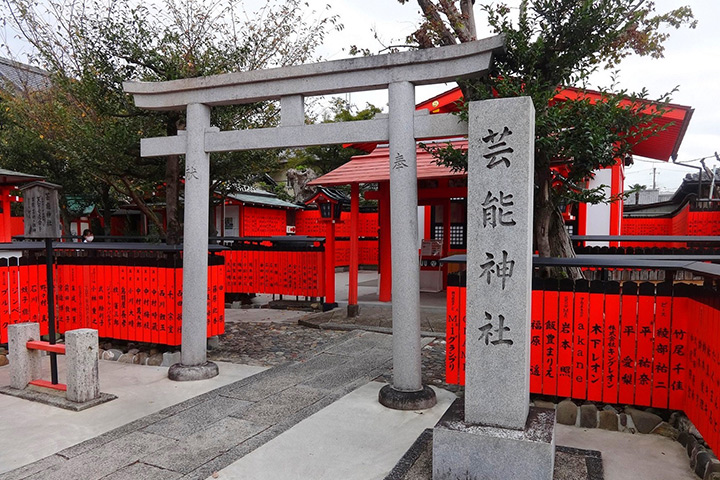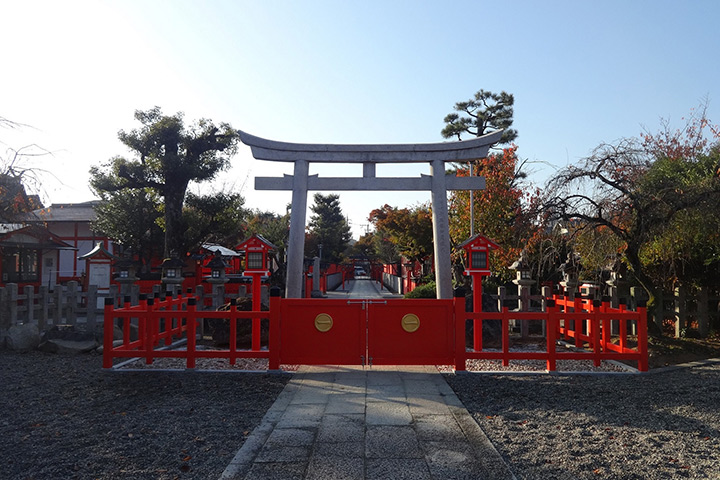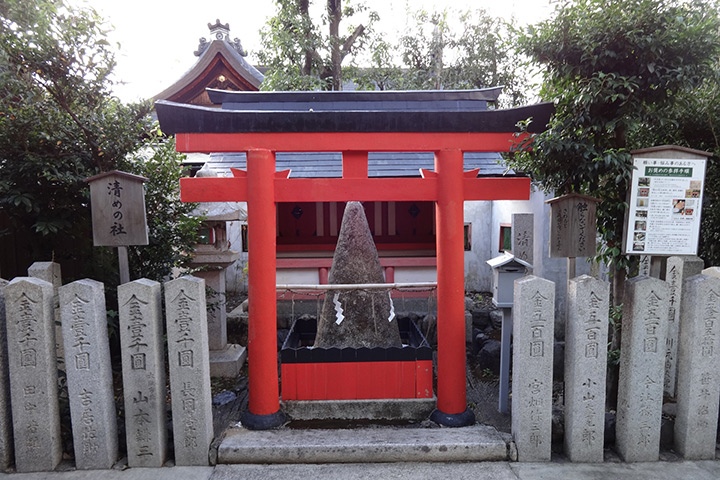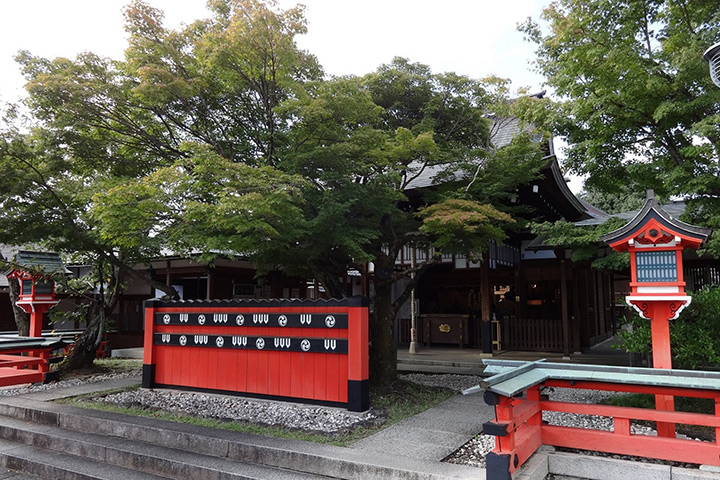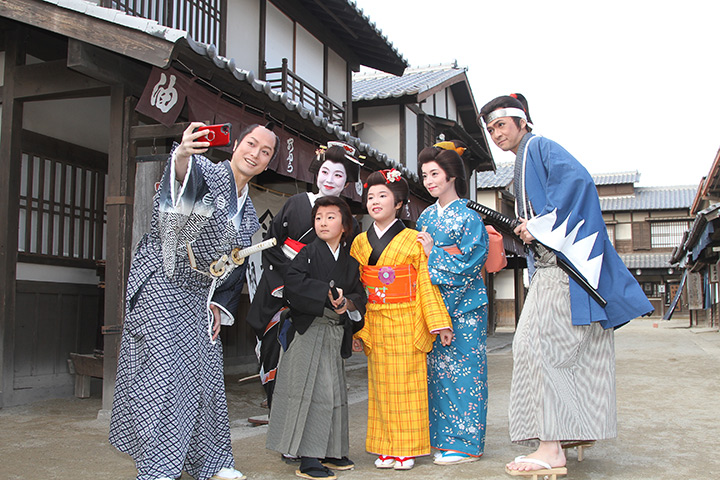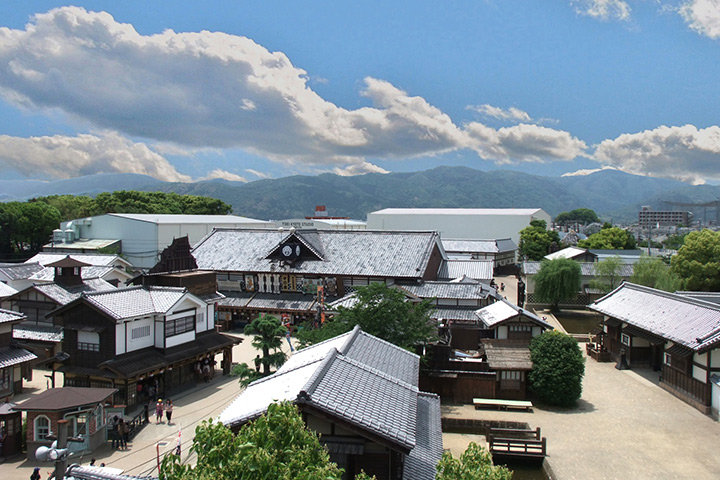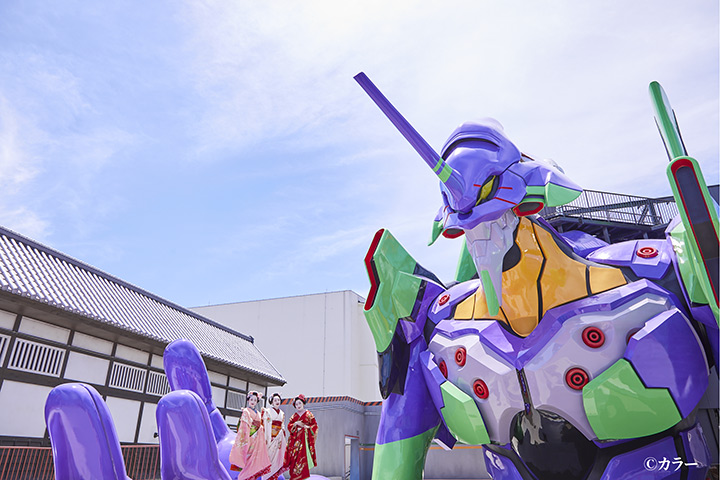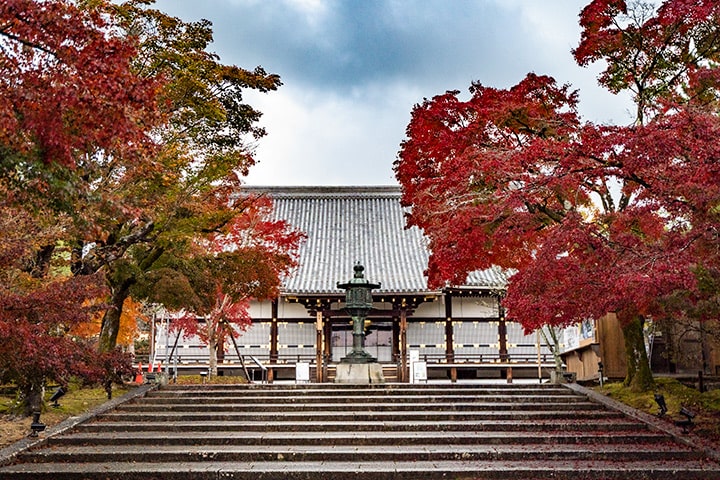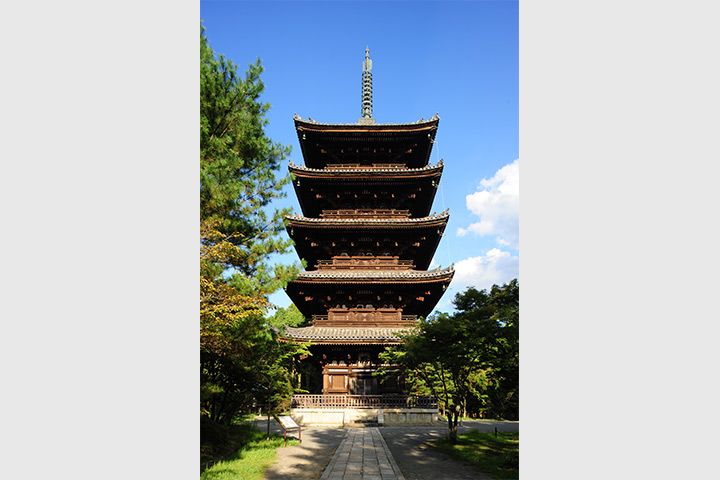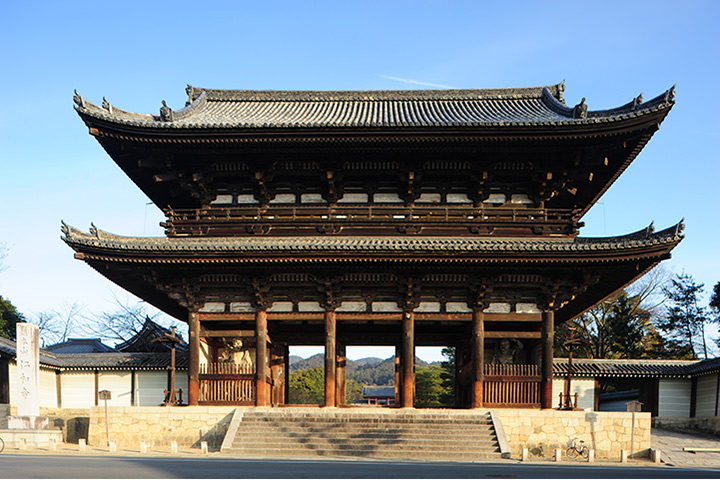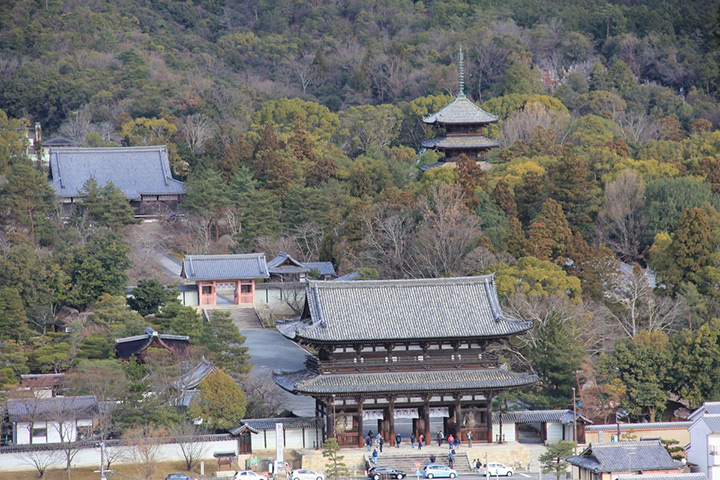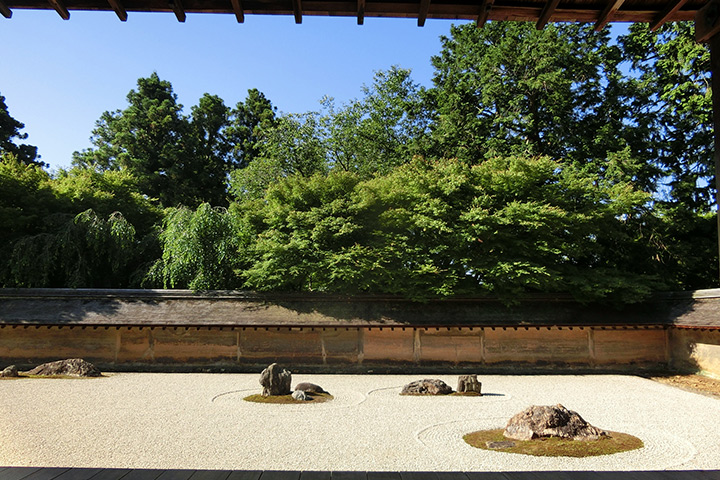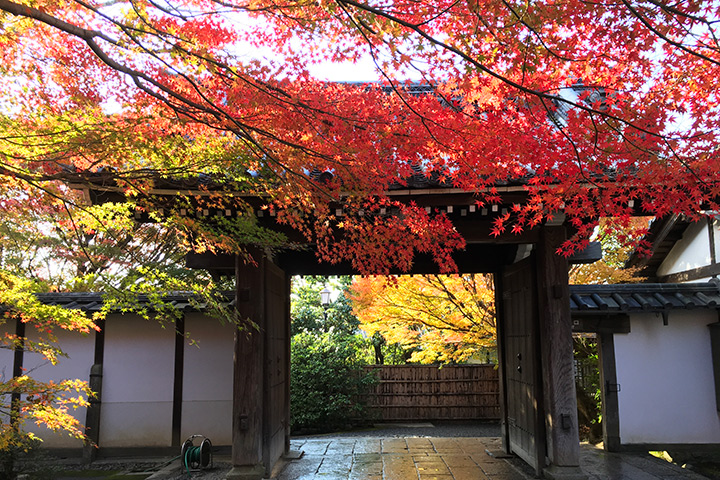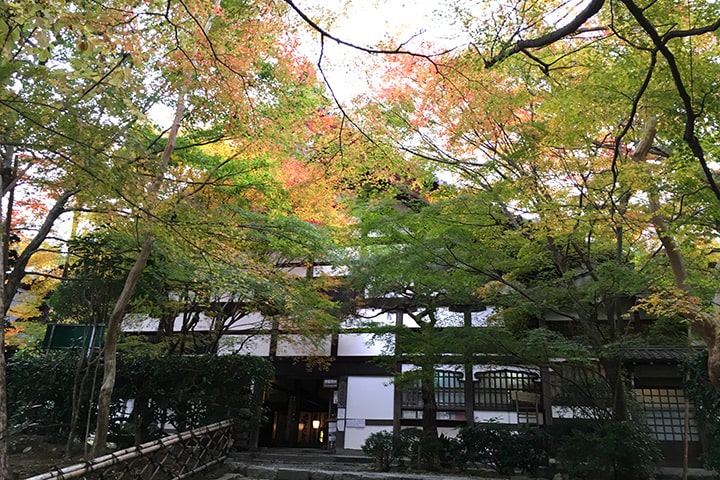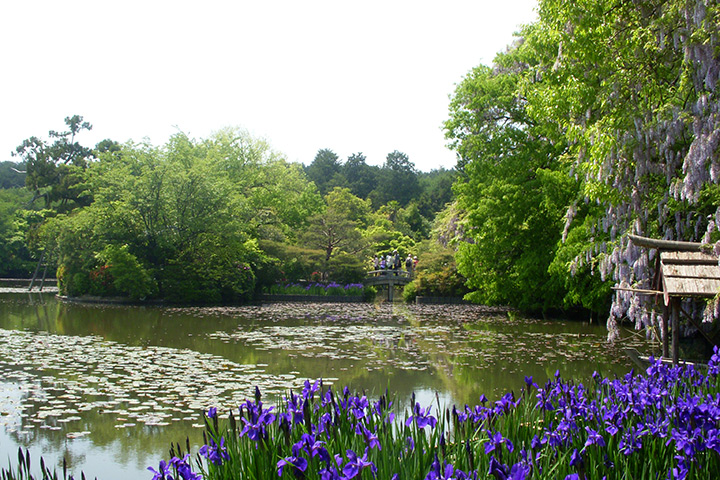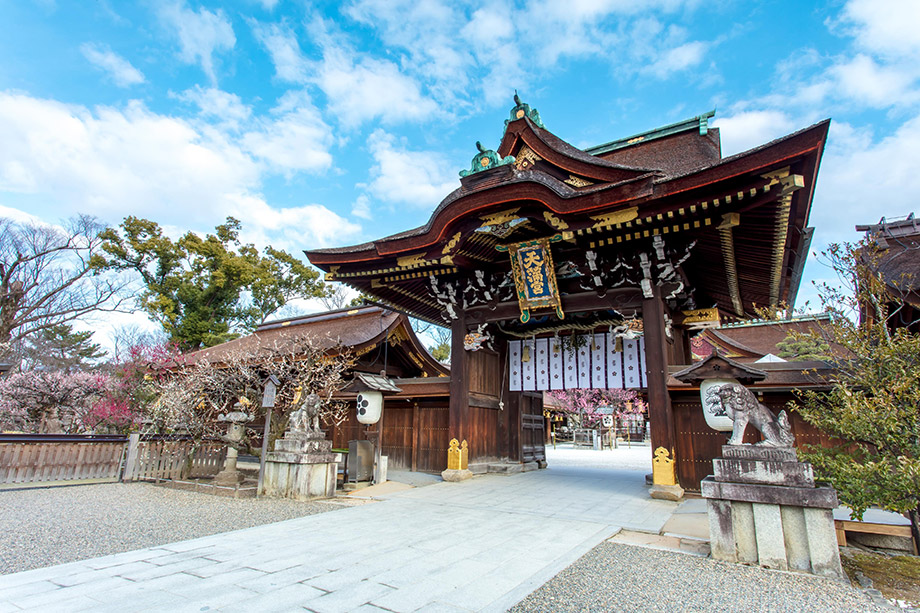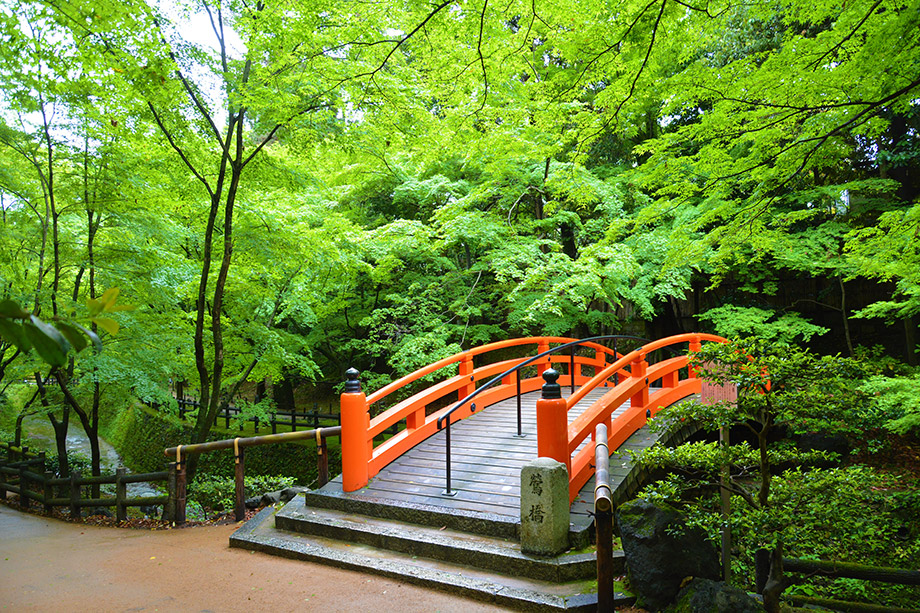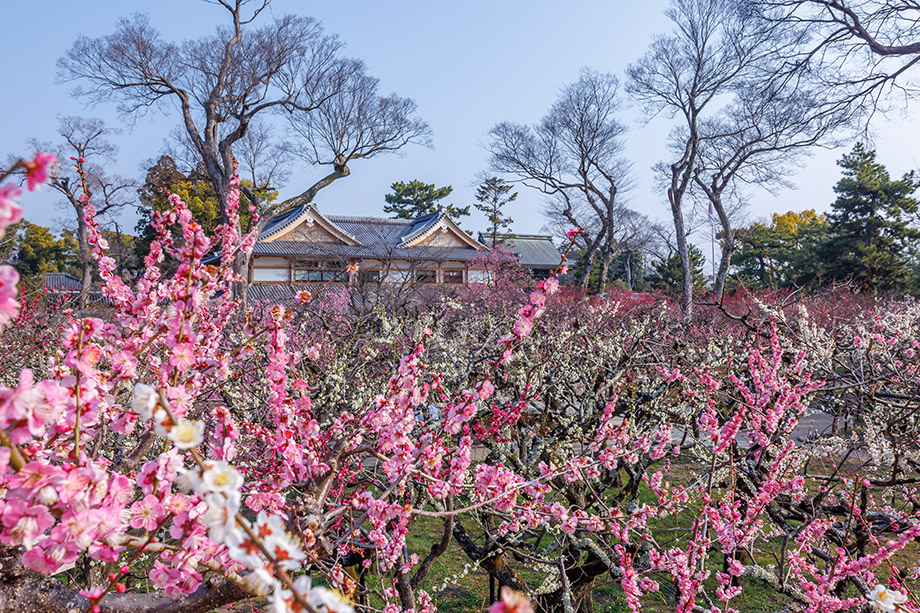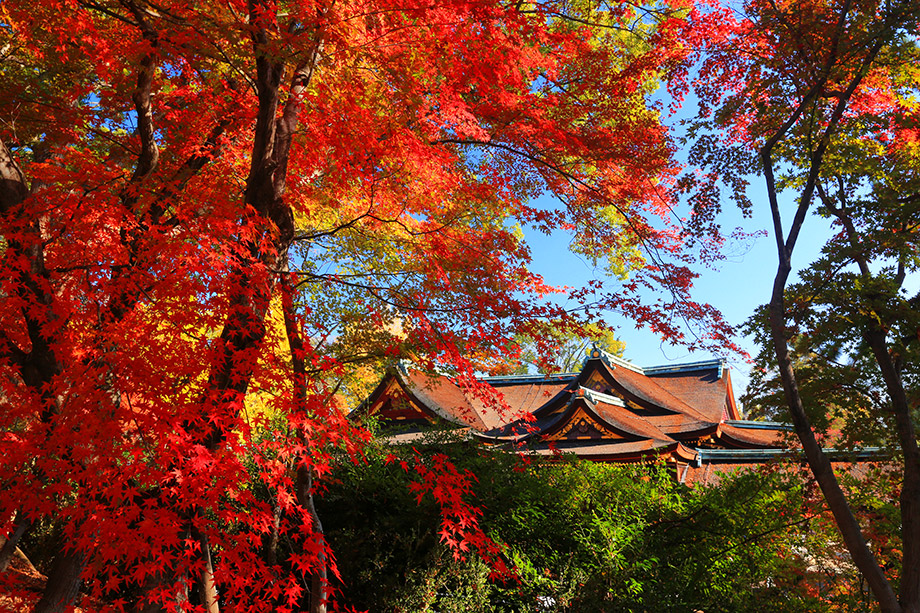
- Daikakuji Temple
- Bamboo Grove
- Tenryu-ji Temple
- Togetsu-kyo Bridge
- Kurumazaki-Jinja Shrine
- Toei Kyoto Studio Park
- Ninna-ji Temple
- Ryoan-ji Temple
- Kitano Tenmangu Shrine
-
Daikakuji Temple
Daikakuji Temple is the main temple of the Daikakuji School of the Shingon Sect of Buddhism, which is dedicated to the founder of the sect, Kukai (also known as Kobo Daishi). Osawa Pond, located on the eastern side of the temple grounds, is one of the oldest existing artificial garden ponds in Japan, and is known as one of the three best locations to view the moon in Japan.
- Address:
- 4 Saga Osawa-cho, Ukyo-ku, Kyoto, Kyoto Prefecture
- Hours:
- 9:00 a.m. to 5:00 p.m. (last entry: 4:30 p.m.)
-
Bamboo Grove
North of Togetsu-kyo Bridge is the vast bamboo grove of Sagano. Covered by tens of thousands of bamboo trees, it is dotted with small paths that weave through the bamboo grove and is one of Kyoto’s most popular photo spots.
-
Tenryu-ji Temple
Tenryu-ji Temple was built by the shogun Ashikaga Takauji in 1339 to console the spirit of Emperor Go-Daigo, who passed away in Yoshino, Nara Prefecture. The temple was also built in memory of the victims of the war between Northern and Southern dynasties, regardless of affiliation. It is the head temple of the Tenryuji School of the Rinzai Sect, with Muso Kokushi Soseki as the founding abbot. It was a famous Zen temple in the Muromachi period (1333-1573), but eight major fires have ravaged the temple since its establishment. The current monastery was rebuilt during the Meiji period (1868-1912). In 1994, it was certified and registered as a World Cultural Heritage Site. In 1997, Matazo Kayama, a Japanese-style painter, drew a painting of a dragon staring at all sides, “Unryu-zu,“ on the Hatto’s ceiling. Today, Tenryu-ji’s training ashram continues to hold tough training.
- Address:
- 68 Saga Tenryu-ji Susuki no Baba-cho, Ukyo-ku, Kyoto
- Hours:
- 8:30 a.m. to 5:00 p.m. (last entry: 4:50 p.m.)
-
Togetsu-kyo Bridge
Spanning the Katsura River, this wooden bridge is 155m long and 11m wide and serves up spectacular views of Arashiyama with cherry blossoms in the spring and maple leaves in autumn. Nearby, you can rent a boat or ride on a Yakatabune as well as enjoy cormorant fishing druing summertime.
-
Kurumazaki-Jinja Shrine
A shrine dedicated to Yorinari Kiyohara, it is said to answer prayers for academic achievement and passing examinations as well as good fortune, romance, and talents. Located within the shrine grounds is a shrine of entertainment dedicated to the God of Entertainment, which is believed to bring good luck to entertainers, so many TV personalities and artists visit this shrine every year.
- Address:
- 23 Saga Asahi-cho, Ukyo-ku, Kyoto, Kyoto Prefecture
- URL:
http://www.kurumazakijinja.or.jp/ – Japanese
-
Toei Kyoto Studio Park
This is a theme park where you can find period film sets actually used in many Japanese films, popular Kamen Rider contents, and various other Japanese pop culture attractions. You can even dress up as a ninja and explore the period film sets as well as see actors and actresses strolling around the park in various costumes. Additionally, at the Evangelion Kyoto Base, you can ride on top of the Entry Plug and the palm of Evangelion Unit 01.
- Address:
- 10 Uzumasa Higashioka-cho, Ukyo-ku, Kyoto, Kyoto Prefecture
- Hours:
- 10:00 a.m. to 5:00 p.m.
*Subject to change depending on the season. Please visit the website linked below for details.
-
Ninna-ji Temple
A World Heritage Site. Until the Meiji Restoration in the mid-nineteenth century, members of the imperial family served here, giving this temple the nickname "Omuro Gosho," meaning imperial residence. A wide range of cherry blossom trees have been planted at Ninna-ji Temple, but the forest of cherry blossom trees known as omuro zakura are particularly renowned and the object of many poems since long ago. The best time for seeing the omuro zakura blossoms is just as the cherry blossoms in the city of Kyoto have begun to fall. The height of the some 200 trees is just taller than a person, very unusual for cherry blossom trees. The contrast between the five-story pagoda and omuro zakura forms one of the scenic views typical of Ninna-ji Temple.
- Address:
- 33 Omuroouchi, Ukyo-ku, Kyoto, Kyoto Prefecture
- Hours:
- March to November: 9:00 a.m. to 5:00 p.m.
December to February: 9:00 a.m. to 4:30 p.m.
*Last entry is 30 minutes before closing.
-
Ryoan-ji Temple
Constructed in 1450 under the Myoshin-ji sect of the Rinzai school of Buddhism, Ryoan-ji Temple is registered as a UNESCO World Heritage Site. Of particular note is the rock garden, which is viewed from the veranda of the abbot's residence. Among the white sand that covers the garden, 25 meters in width and 10 meters deep, are 15 rocks scattered in five locations in an apparently simple design. However, no matter your location on the veranda, you cannot see all of the rocks.
- Address:
- 13 Ryoanji Goryonoshita-machi, Ukyo-ku, Kyoto, Kyoto Prefecture
- Hours:
- March to November: 8:00 a.m. to 5:00 p.m.
December to February: 8:30 a.m. to 4:30 p.m.
-
Kitano Tenmangu Shrine
The shrine is the main shrine for about 12,000 Tenmangu and Tenjinsha shrines throughout Japan, which worship Sugawara no Michizane as their deity. The present shrine was built in 1607 by Hideyori Toyotomi, son of Hideyoshi Toyotomi, and is designated as a National Treasure. The shrine is known as one of the best scenic spots in Japan, with lush green maple trees in early summer and brightly colored leaves in fall. In spring, the plum garden "Hana-no-niwa" is a breathtaking sight with plum blossoms in full bloom.
- Address:
- Bakuro-cho, Ukyo-ku, Kyoto, Kyoto Prefecture
- Hours:
- Please check the website.
